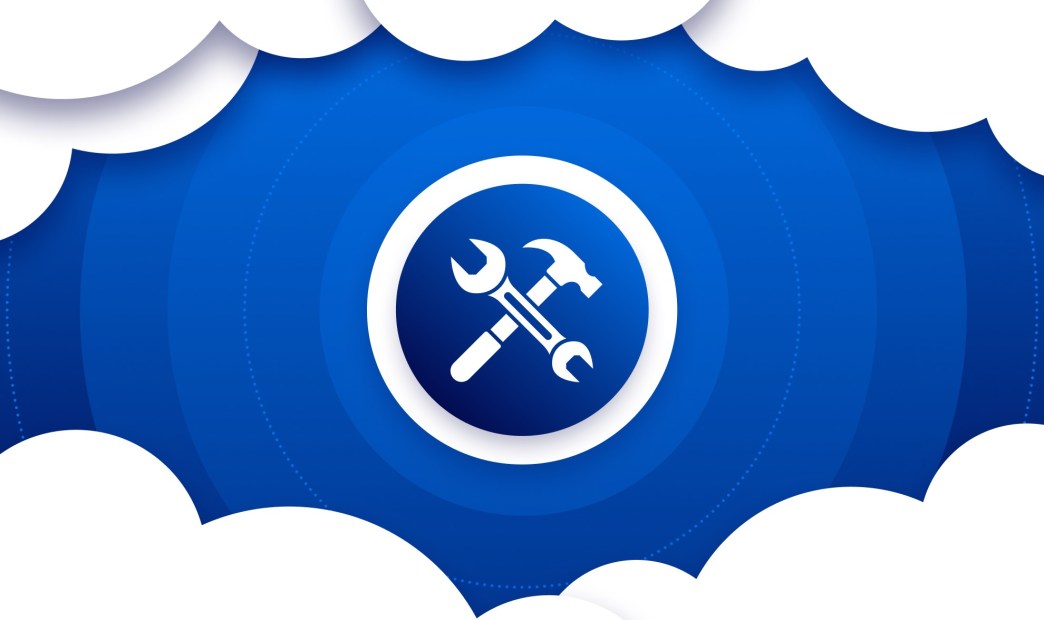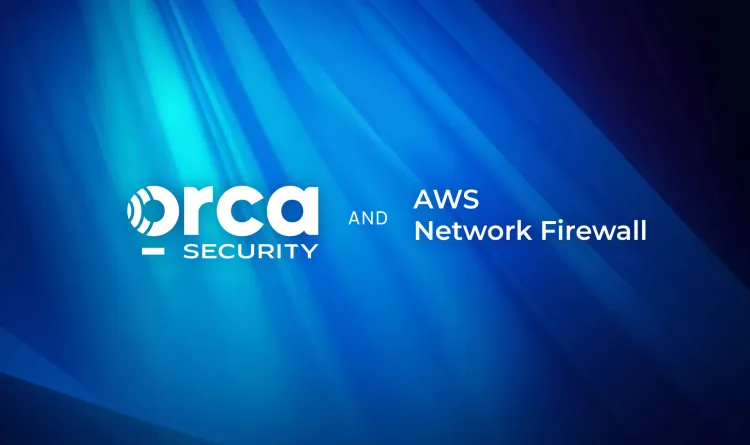This post was originally published to The New Stack.
In a world where everything from our phones to our refrigerators can be connected to the internet, securing any cloud native organization can be an overwhelming task simply due to all of the moving parts. It’s not just employee devices you have to worry about anymore, but every identity, configuration and nuance in your (probably many) cloud providers. Not to mention all of the workloads that you run within these providers. Cloud-based servers run software, and software has vulnerabilities, all of which need to be tracked, patched and managed.
It’s a lot to deal with.
While all of this work might seem like the job of one tool, generally speaking, it actually requires two: one that knows about your cloud-based workloads and one that knows about your cloud providers. These two types of tools are generally classified as cloud workload protection platforms and cloud security posture management, respectively. But what exactly are they, and how might you use one (or probably both) to increase your security posture?
What is a Cloud Workload Protection Platform (CWPP)?
Cloud workload protection platforms, or CWPPs, are a category of cybersecurity tools that focus on securing cloud-based workloads across virtual machines, containers and serverless functions. Often installed as an agent within the underlying endpoints, cloud workload protection platforms are largely focused on what is running on the cloud rather than the cloud provider itself.
Because of the devastating impact that unpatched software has had on global cybersecurity, using a CWPP tool is a great way to ensure that your organization is plugging the holes that so often present themselves in both modern and legacy software applications. In addition to securing compute resources, cloud workload protection platforms might also secure the underlying data being used within a workload, which might look like identifying personally identifiable information, payment credentials or even encryption keys where they don’t belong.
Dive Deeper
What is a Cloud Workload Protection Platform (CWPP)?
What is Cloud Security Posture Management (CSPM)?
Whereas cloud workload protection platforms focus on what’s running on the cloud, cloud security posture management (CSPM for short) focuses on the cloud provider itself. Just as operating systems can become vulnerable due to misconfigurations or poor access controls, the same thing can happen to your cloud provider.
Proper configuration and identity management are essential for securing your cloud infrastructure, and mistakes in either of these areas can lead to unauthorized access, data breaches and other security incidents, which will ultimately increase the attack surface of your cloud environment.
With CSPM tools, organizations can ensure that their cloud infrastructure is configured according to best practices, reducing the risk of cybersecurity incidents and maintaining compliance with regulatory requirements. Ultimately, proper configuration management and identity management are critical components of a comprehensive cloud security strategy, and investing in CSPM tools can help organizations stay ahead of evolving threats and protect their critical data and assets.
Uniting CWPP and CSPM for Comprehensive Protection
When it comes to security, there’s no sense locking your doors if you’re not going to use your security system too. All it takes for a threat actor to breach your security is one vulnerability, which is why you must protect every facet of your organization. CWPP is excellent for securing cloud workloads, but without the added protection from CSPM, all that security is performative at best.
While these two toolsets are valuable for establishing healthy security hygiene, it’s important to note that implementing them in isolation from one another can result in duplicate or irrelevant alerts. A robust approach to CWPP + CSPM requires that the selected tools can communicate with one another, allowing for more context-based alerting and an end-to-end understanding of the true security posture of an organization.
Choosing the Right Cloud Security Platform
Selecting the right security tools for your organization is critical, but it’s equally important to ensure that they integrate well with each other. Disparate cloud security platforms can leave gaps in your security posture due to their inability to communicate with each other. This can lead to missed threats, unaddressed vulnerabilities and incomplete security coverage.
To avoid these issues, it’s crucial to select cloud security tools that can integrate and work together seamlessly. This can be achieved through the use of integrated security platforms or by carefully selecting tools that are designed to work together. Integration ensures that security platforms can communicate and share threat intelligence, reducing the risk of missed threats and increasing overall security coverage.
Ultimately, a well-rounded cybersecurity program is essential for protecting your organization from ever-evolving threats. It requires more than just a handful of tools; it requires thoughtful consideration of the threat landscape and well-researched implementation of the selected tools.
Looking for a CWPP or CSPM solution? Orca Security offers a comprehensive and integrated cloud security platform that combines CWPP and CSPM capabilities, providing complete coverage of your cloud security needs. Take a free cloud risk assessment or request a demo today to see how Orca Security can help secure your cloud environment.






